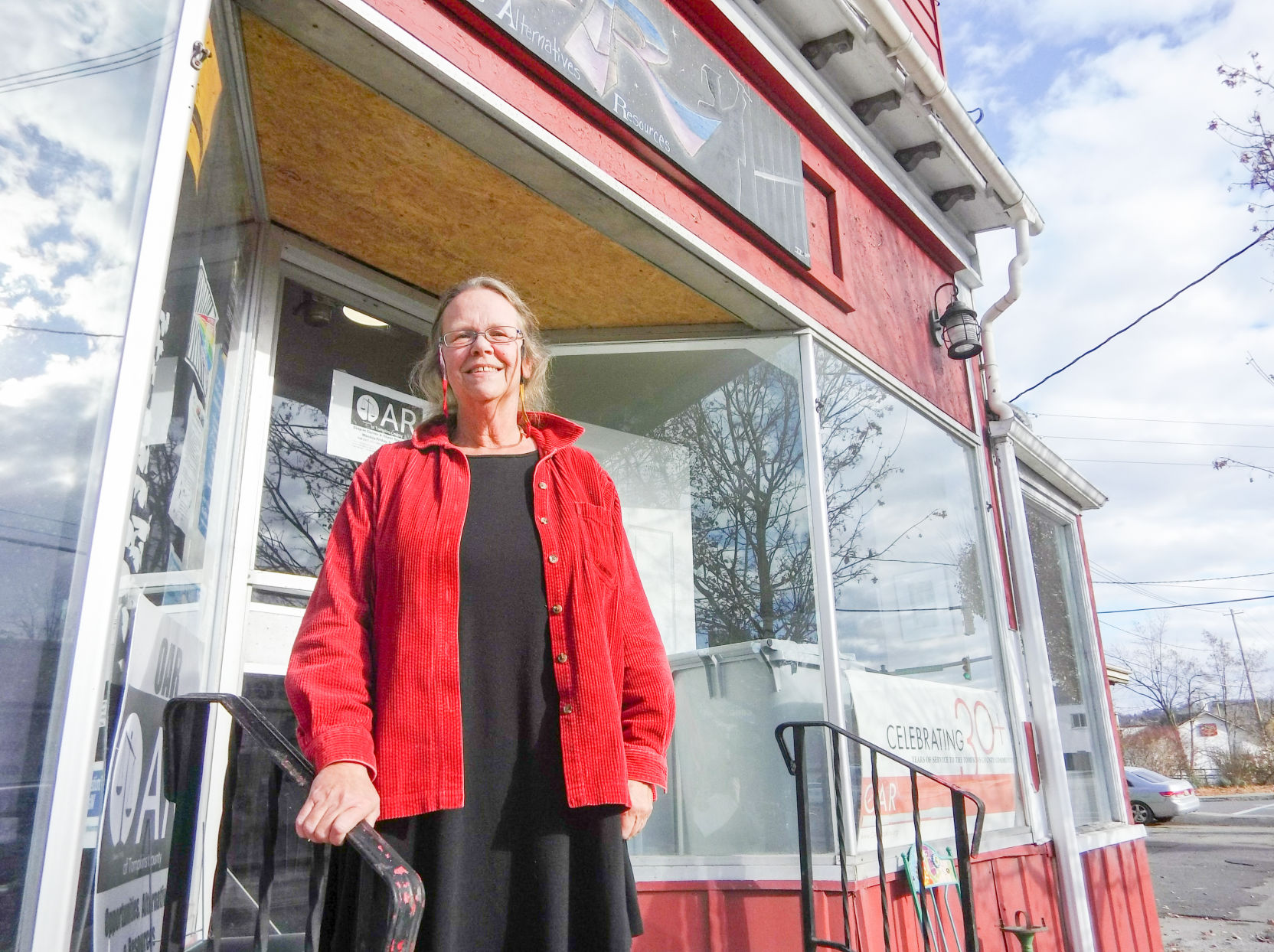
#Bail ithaca voice free
NYSEG makes this point again and again in its proposal: That not repowering the plant is the true free market solution, because to do otherwise would be an government interference in the free market. Conservatives are usually assumed to prefer solutions with no government or public tax money. Typically, liberals are associated with increased public spending on important public projects. The fight over the power plant has scrambled simple political characterizations. 5 - NYSEG: We represent the free market solution “By its very nature, the siting of a gas line is often an extended regulatory process that requires heavy public involvement and may be subject to frequent delays mandated by opposition and the need to address siting concerns,” NYSEG says. Given that NYSEG is itself struggling to build another, unrelated pipeline, it’s hard to dismiss the point outright. The power plant is wrong to assume this will be easy to pull off, NYSEG says. “NYSEG did not agree to assume responsibility for construction and/or ownership of the required new gas pipeline,” NYSEG states. 27, 2013, Cayuga asked NYSEG to take responsibility “for building a new, approximately 19-mile long, natural gas transmission pipeline,” according to the proposal. In arguing for what it anticipates will be unanticipated costs with the power plant’s proposal, NYSEG takes aim at the power plant’s plans to build a new natural gas pipeline for the retrofitting process. Cayuga’s owners remain free to pursue repowering the Cayuga Facility without customer subsidies via self-generated funding or by attracting other capital in the marketplace.” 4 - What’s up with the pipeline?


“The Commission has long supported a wholesale generation marketplace that encourages competition and efficient new generation. “The Commission should not lose sight of the fact that customer-subsidized support is not the only method for repowering the Cayuga Facility,” NYSEG writes. NYSEG directly appeals to the New York State Public Service Commission that will decide whether to accept NYSEG’s proposal or the plant’s: NYSEG, it appears, just doesn’t want the ratepayers to be on the hook. NYSEG makes clear that it doesn’t really care what the power plant does. This is a related, but separate, point - and one we haven’t covered yet. “In addition, the Cayuga Facility recently experienced a shutdown of one unit and a fire, which is still under investigation.” 3 - NYSEG: You can do the power plant, just don’t make the public responsible

“NYSEG’s customers would bear as a result of relying, for system reliability purposes, on a generating facility (while updated in part) that contains significant components over 50 years old,” the proposal states. “Beyond the economic costs identified by NYSEG, Cayuga’s repowering proposal would obligate customers to absorb potentially significant construction, operational and reliability risks, each of which has the potential for significant associated costs to customers,” NYSEG’s proposal states.īeyond concerns over the economic feasibility of the proposal, NYSEG says that there are legitimate concerns about the reliability of the plant’s equipment. It’s also worried what happens if things go south. NYSEG isn’t just concerned with the known costs of repowering the plant for taxpayers. “…While the magnitude and nature of these alleged “societal and market” indirect benefits remain subject to challenge, the direct costs of repowering the Cayuga Facility remain millions of dollars higher than the transmission alternative for customers,” the proposal states. NYSEG questions the “societal and market” benefits cited by the power plant in favor of converting to natural gas. Upgrading the transmission lines at a lower cost will be enough to power the region and be cheaper, NYSEG says. “Cayuga rejected NYSEG’s proposal claiming that NYSEG had failed to recognize all of the ‘societal benefits’ that Cayuga asserted arise from repowering,” NYSEG’s proposal states. NYSEG looks at the same millions of dollars as public money, a subsidy from the NYSEG ratepayers of the region. The power plant looks at millions in spending as crucial for Lansing’s schools and families.


 0 kommentar(er)
0 kommentar(er)
